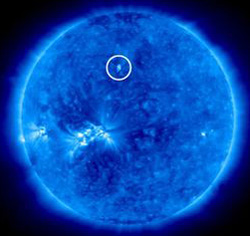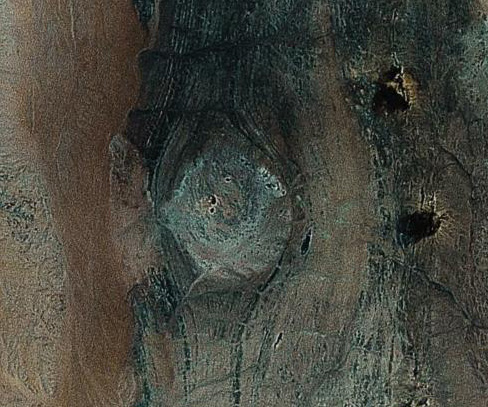This month saw the launch of the first issue of Nature‘s latest specialist offshoot, Nature Geoscience. This is a monthly publication presumably designed to act as a clearing house for those contributions which don’t quite have the pizzazz to make it into the flagship.
Many scientists regard ‘Getting a Nature (or Science) publication’ as somewhat akin to finding the Holy Grail – or at least, their impact-factor obsessed departmental administrators do. As such, they are willing to put up with the quirks of the whole process – the whims of the Nature editors as to whether your opus is “sexy” enough to send out for review in the first place, the eye-wateringly tight word limit, which results in jargon-heavy prose with the clarity of Limpopo River water even for someone quite well versed in the discipline (with an additional trend nowadays for ‘Supplementary Information’ which would be more accurately described as ‘Quite Essential Information, Actually, Which Our Paper Does Not Stack Up Without’).
It’s certainly nice to see that Geology is considered to be important enough to have it’s own little Nature subjournal, and perhaps this expansion will give geologists not working on palaeoclimate studies (yes, we do actually still exist) with a bit more of a look in. The question is, will getting published in this offshoot have a similar cachet as mother Nature itself? More importantly, will administrators and research assessments see it that way? Additionally, although two stories in the first issue have got some coverage (see here and here, as well as two currently only available online (see here and here), it remains to be seen whether the media will pay much attention to stuff published in this particular journal.
What do people reckon? I’d also be interested to hear what people from fields with more established Nature offshoots (there’s a Physics one, a Genetics one and a Neuroscience one, amongst others) think of their impact and effectiveness.





Nice plan for content warnings on Mastodon and the Fediverse. Now you need a Mastodon/Fediverse button on this blog.